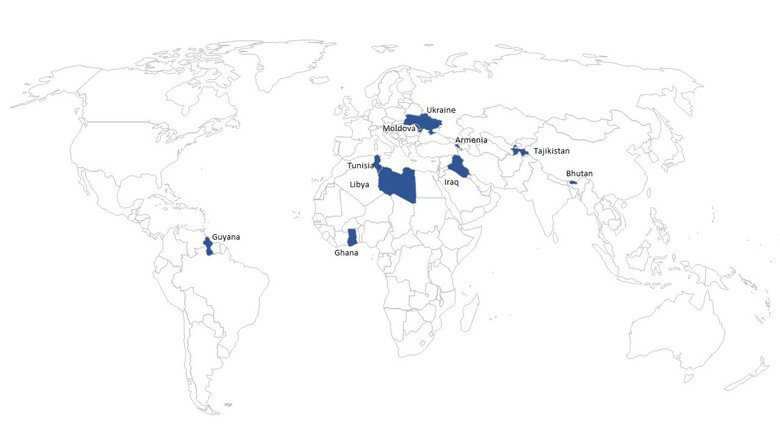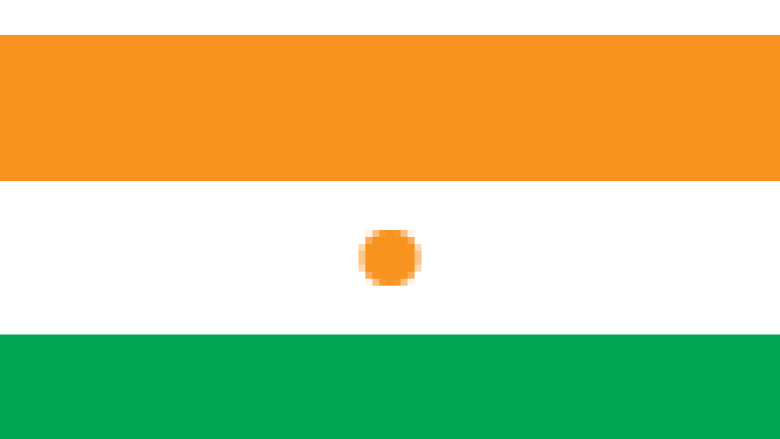Malawi
The 2018–2019 Malawi Harmonised Health Facility Assessment (HHFA) is the second large-scale, systematic, and detailed look at the status of health facilities in Malawi after the 2013 Malawi Service Provision Assessment. The 2018–2019 HHFA was designed to provide national and subnational information on the availability, readiness, and quality of services from all functioning health facilities in the country. These facilities included hospitals, health centers, dispensaries, clinics, and health posts. Additionally, the managing authorities of these facilities included the Government, Christian Health Association of Malawi, nongovernment organizations, private, and faith-based organizations. The data reported are stratified by type of health facility, managing authority, and region.
The Malawi HHFA survey instrument was comprised of the Service Availability and Readiness Assessment (SARA) and the Service Delivery Indicators (SDI) survey instruments harmonized into a single tool. Data collection activities occurred between November 2018 and March 2019. Data from a total of 1,106 health facilities was collected. A total of 12,773 health care workers were observed for absenteeism, 1,433 health workers were assessed with clinical vignettes, and 4,118 patients were interviewed.
Datasets for these surveys have not yet made available to the public.
HHFA Full Report 2019
HHFA Short Report 2019
HHFA District Profiles 2019
Policy brief – Harnessing Momentum
Policy brief – Closing the Gap
Policy brief – Enhancing Human Capital
Data – Not available











